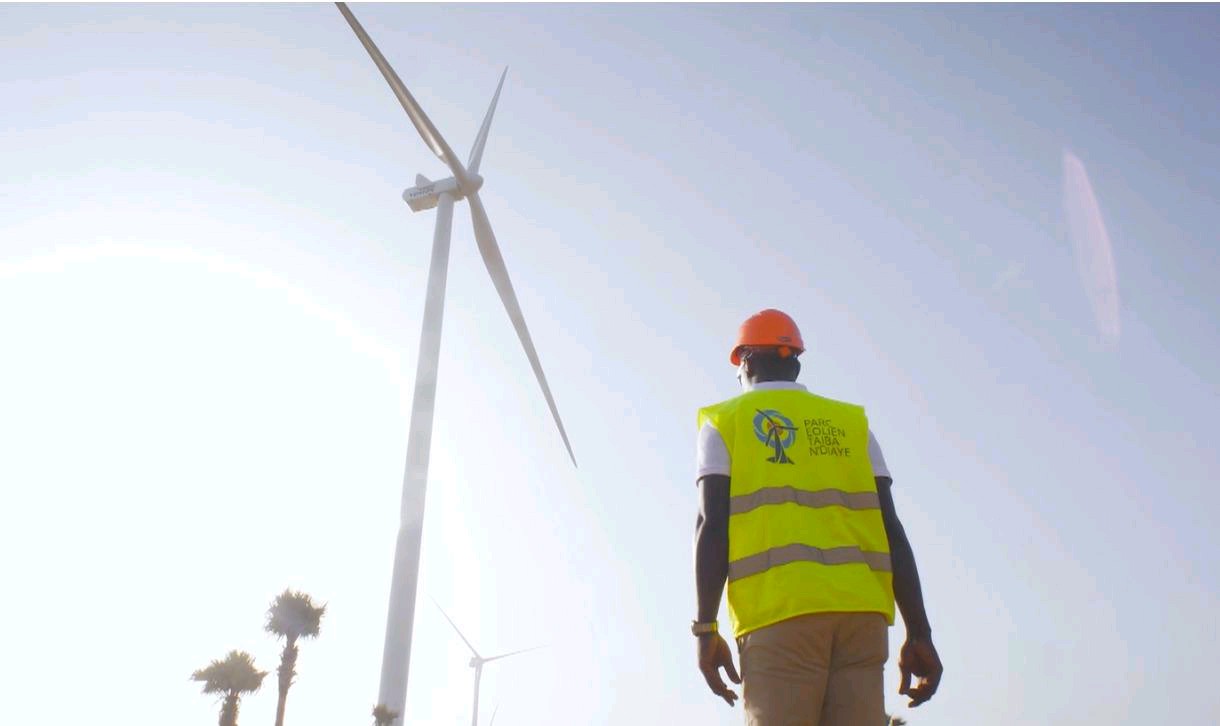Lekela has announced the signature of a grant agreement with the United States International Development Finance Corporation (DFC) to fund a feasibility study for an extension of its Parc Eolien Taiba N’Diaye (PETN). The 158.8 MW wind farm started commercial operations in December 2019 and is West Africa’s biggest wind energy facility.
“The feasibility study, which is expected to be completed within 15 months, will be jointly financed by Lekela and DFC. The study covers an area west of the existing wind farm and will consist of a wind measurement campaign, a network study, an environmental impact study and other on-site surveys,” Lekela said in a statement.
In September 2020, Lekela had also been awarded a grant from the U.S. Trade and Development Agency (USTDA) to fund a feasibility study in partnership with state-utility Senelec for Senegal’s first grid-scale battery electric storage system at PETN wind farm.
The initial Taiba Ndiaye wind power project already benefited from strong government support and financial backing, especially from the U.S. Government, Denmark’s Export Credit Agency and the World Bank. This allowed its quick development, and commissioning in late 2019.
More importantly, the facility has a base tariff equivalent to $0.11/kWh, hence contributing to the reduction of electricity generation costs in Senegal, where prices can go as high as $0.30/kWh.
Details on the Taiba Ndiaye Wind Farm are available in the “Projects” section within your Hawilti+ research terminal.

